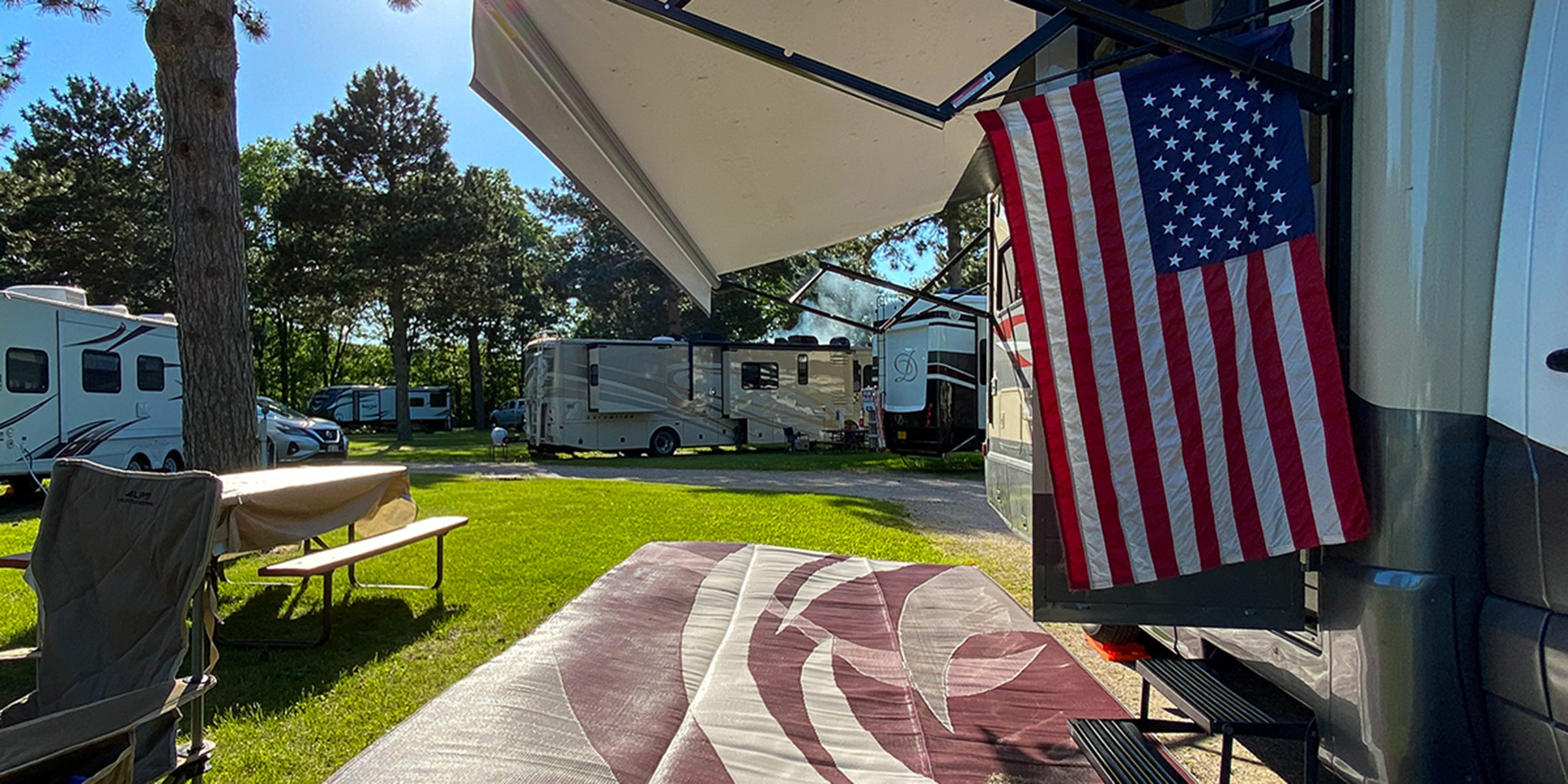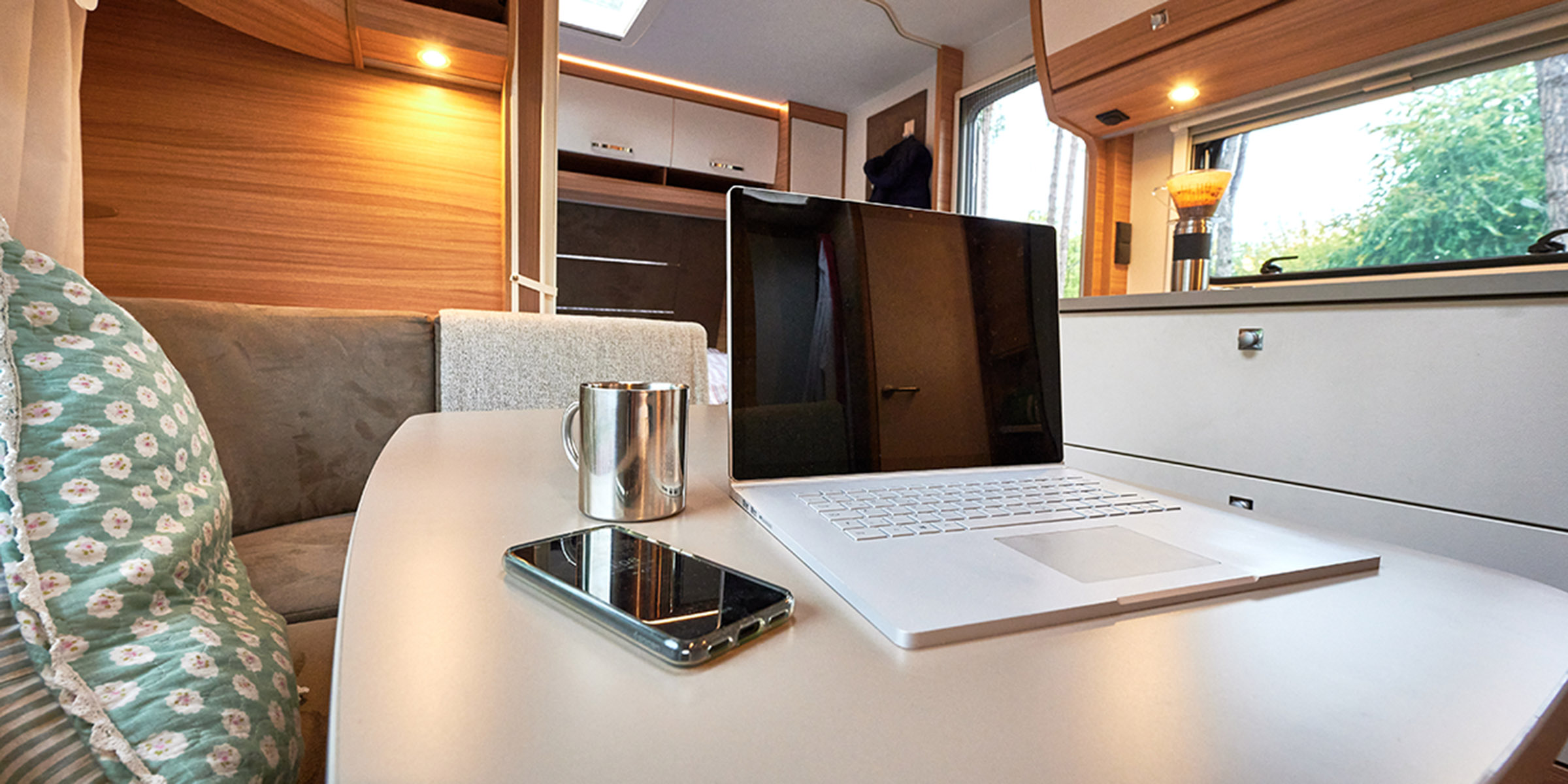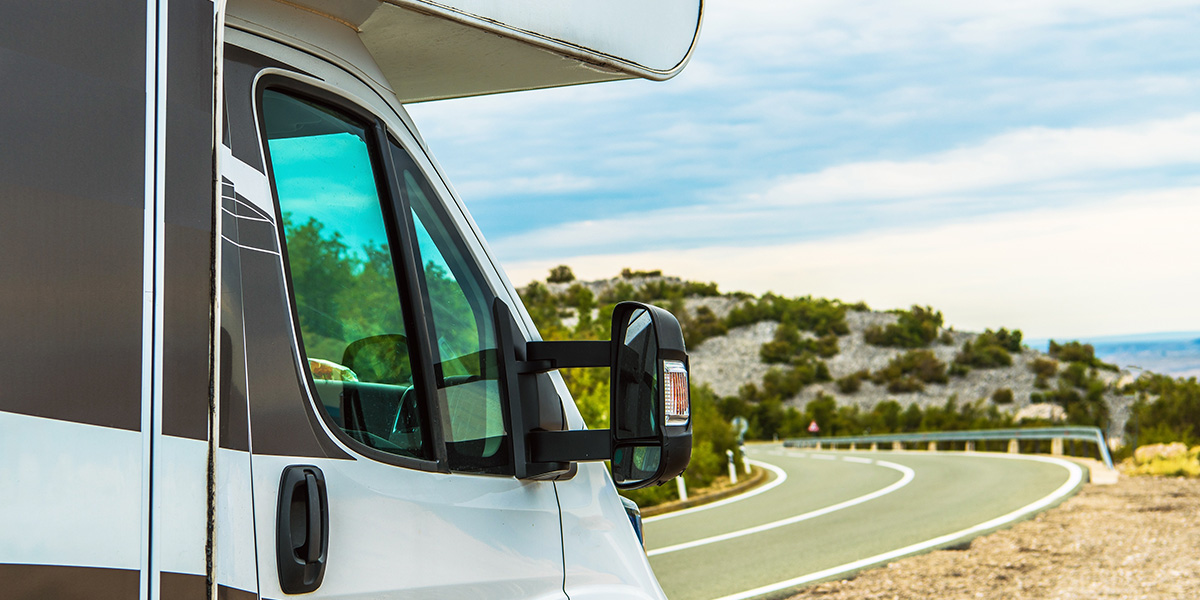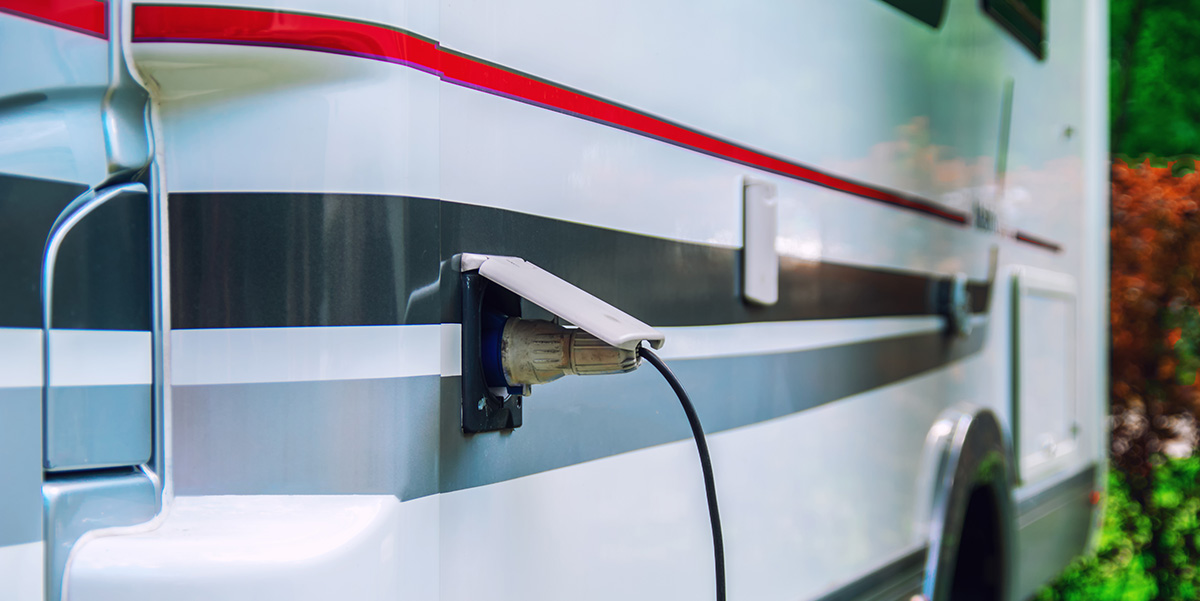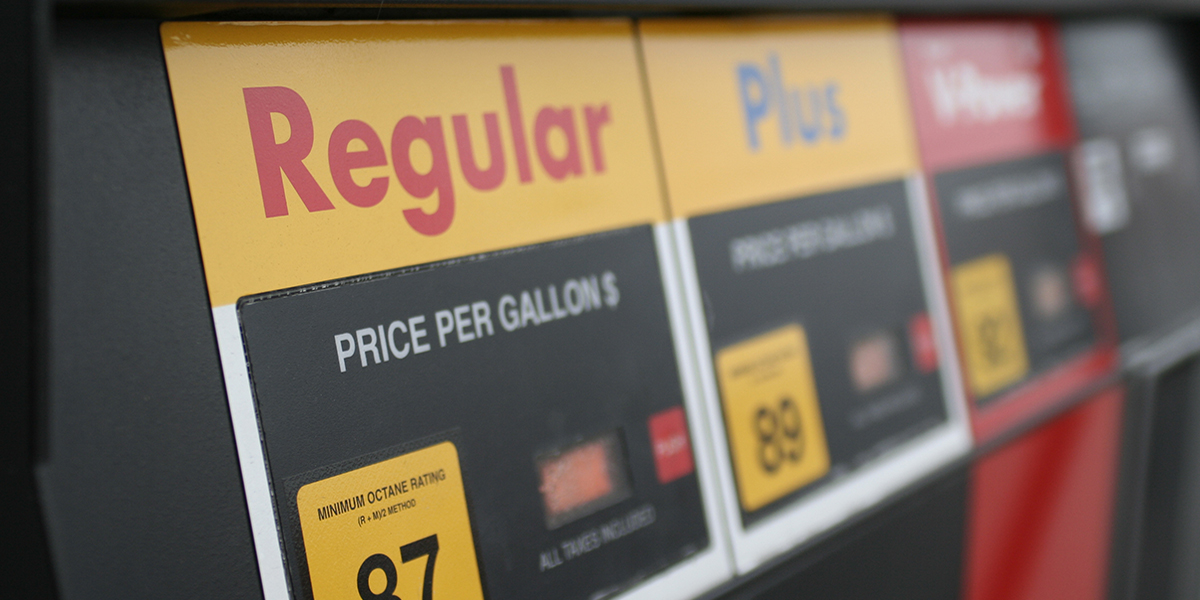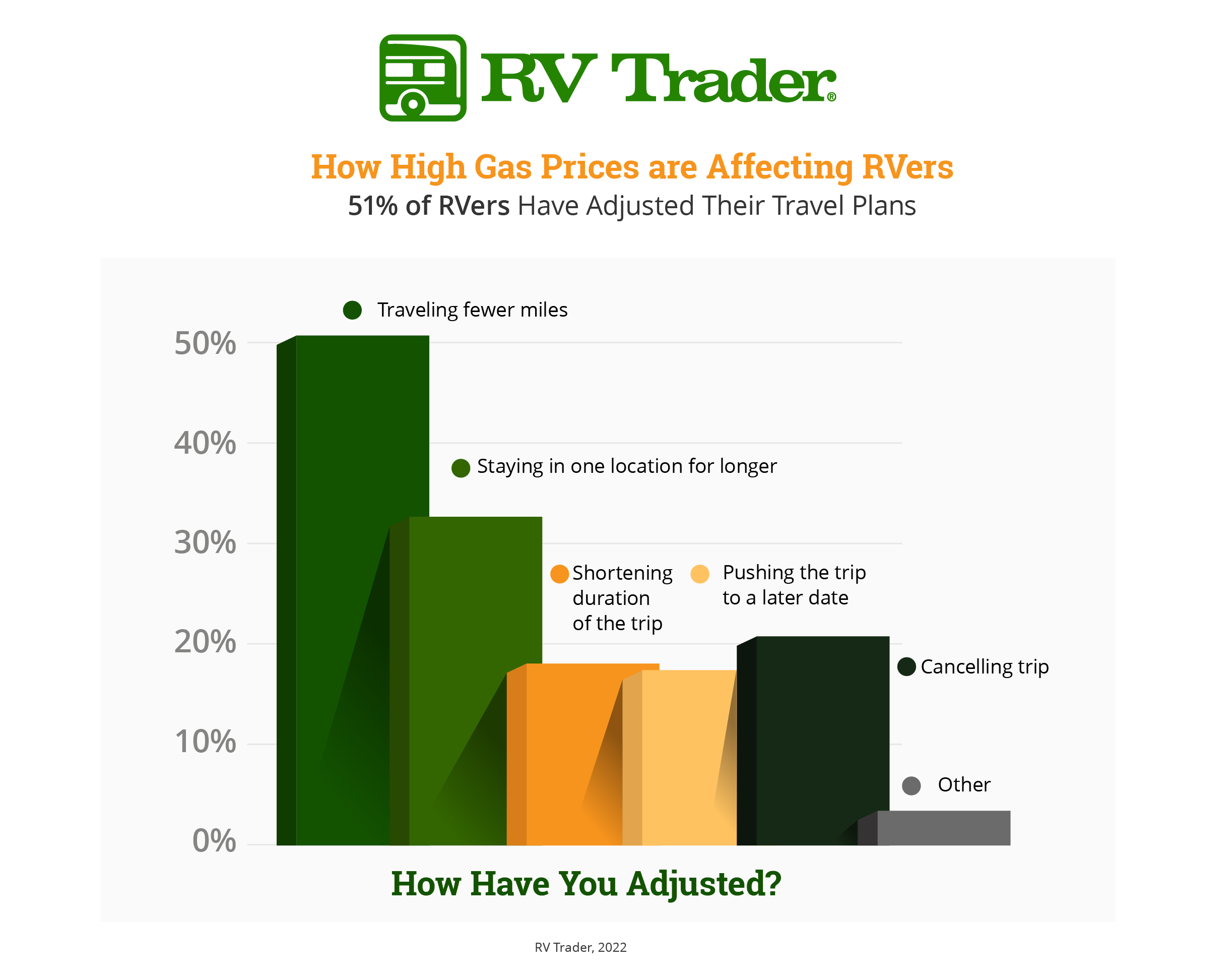Homeschooling as you travel with your vehicle, also known as “roadschooling,” is popular among the RV community, as it provides a flexible and interactive educational experience. Once you know how to outfit an RV for roadschooling, you’ll discover a number of benefits, including the ability to learn and work without distractions, more time with your children, and extracurricular activities that enrich the learning experience while traveling. Here are RV Trader’s five ways to make the most out of roadschooling your kids in your RV.
1. Learn Online
There’s an established curriculum and requirements for homeschooling set by each state’s educational department that’s available online. Aside from your own instruction, you can make use of pre-recorded and live-stream educational lectures available through different educational sites by state. If you’re staying in one state for a longer period of time, this is a chance to keep up with their academics by using all online resources available for education. And regardless of what state you’re in, there are lots of online resources offering tips for roadschooling, such as information about homeschooling kids with special needs. Do your research and determine what may be best for your schedule and what subjects your children need to learn.
2. Visit National Parks
Learn about the natural wonders of the country, get out in nature, enjoy recreation, and appreciate your surroundings. At national parks, your kids can learn history and science, and stay active. You can even have your kids do a report on what they saw and discovered. The National Park service also has resources online that you can introduce to your roadschooling students. Your children can also get involved in the Junior Ranger Program, which focuses on the National Park’s mission and efforts to protect the environment.
3. Get Involved with Recreation and Social Groups
Get your kids involved with social groups so they can develop necessary interpersonal skills. Make sure they’re active with their age group while you’re out traveling with your new or used fifth wheel, camper, or other type of RV. When you visit a town or city, see what community recreation groups or clubs are available for kids after school. Whether it’s sports, music, theater, or other activities, these will improve the roadschooling experience. And even if you’re out in the country or a park, there’s still a chance for your kids to socialize with fellow campers at RV campgrounds.
4. Develop Life Skills
Traveling with your RV gives you a chance to teach some important life skills while on the road. This is a chance to teach your kids to cook at a campsite, change a tire, play an instrument, or get involved with local causes you care about. It’s also an opportunity to reinforce positive habits and responsibilities, like keeping track of an allowance, cleaning, or even helping set up camp when you visit an RV park.
5. Tour Colleges and Universities
Go out and explore with your new or used RV while touring the top campuses in the country. If you have kids that are high school-aged, this is a chance to visit colleges, universities, and other higher education institutions. Your RV gives you the chance to easily move around and see where your students will continue their studies. You’ll be able to visit more schools and surrounding communities up close and get a better idea of what’s the best path for your kids once they graduate.
Roadschooling is a unique chance for your kids to excel by taking on educational activities and projects while you travel with your RV. Set aside time in your schedule for instruction, visiting new places, and staying active in social groups for a positive learning experience. If you’re ready to purchase your next new or used vehicle, be sure to see all the listings nationwide on RVTrader.com.

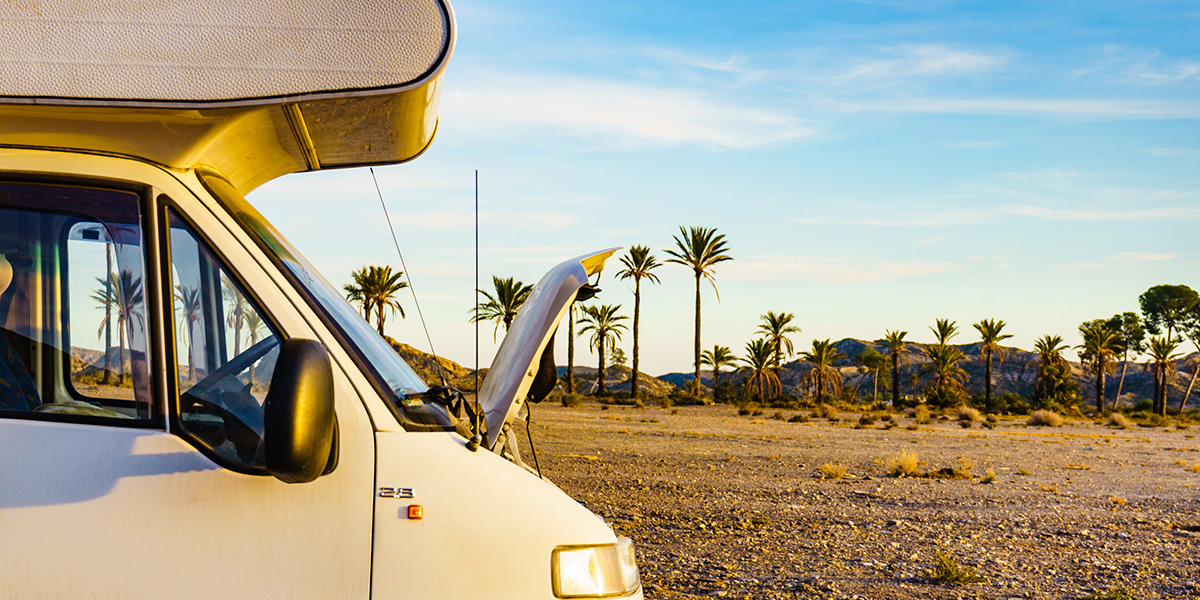
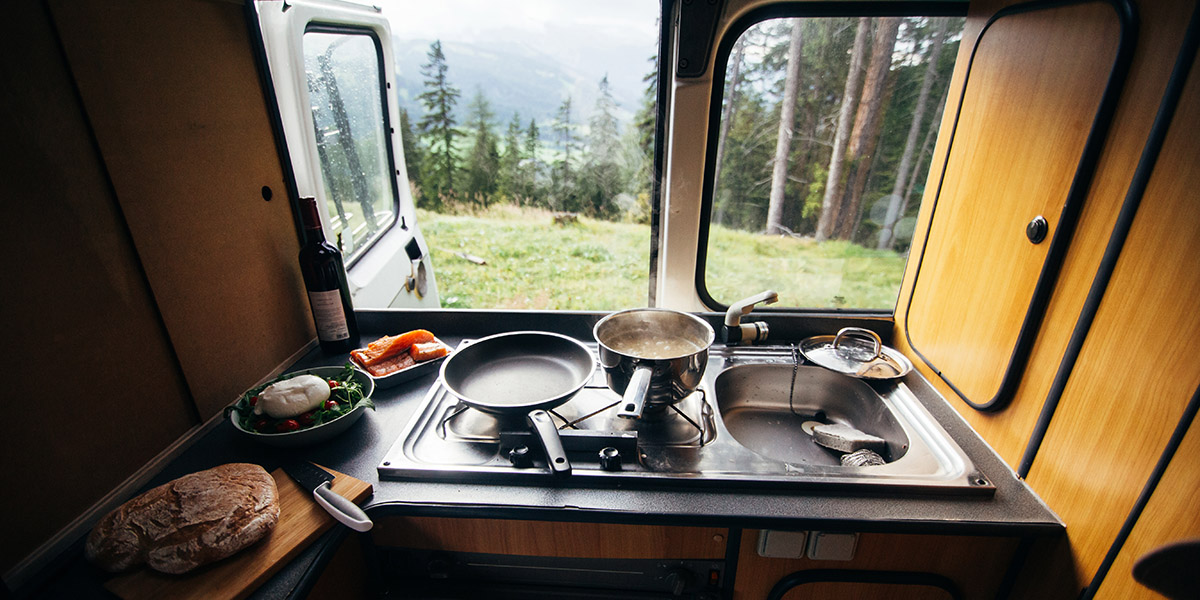
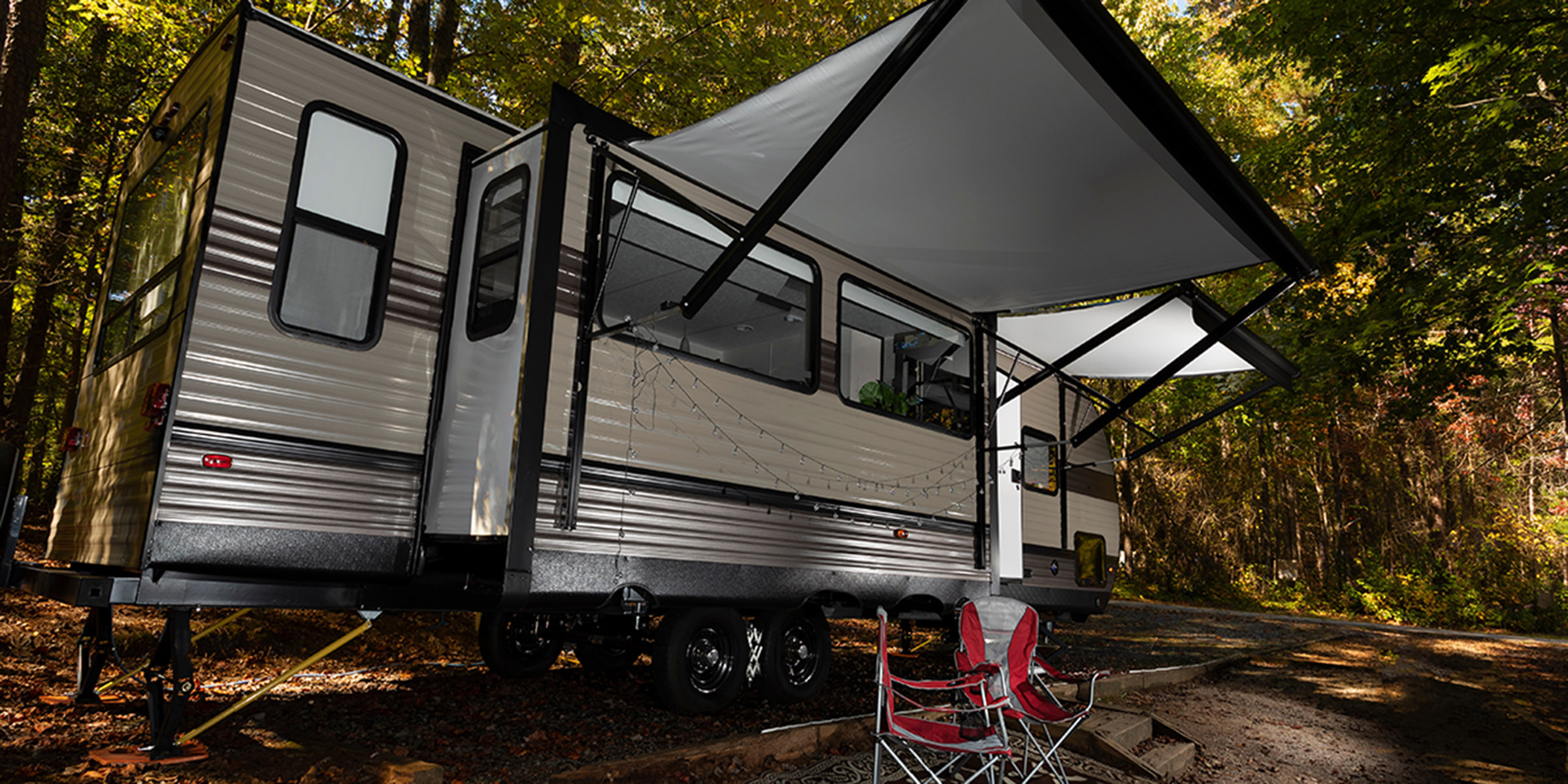
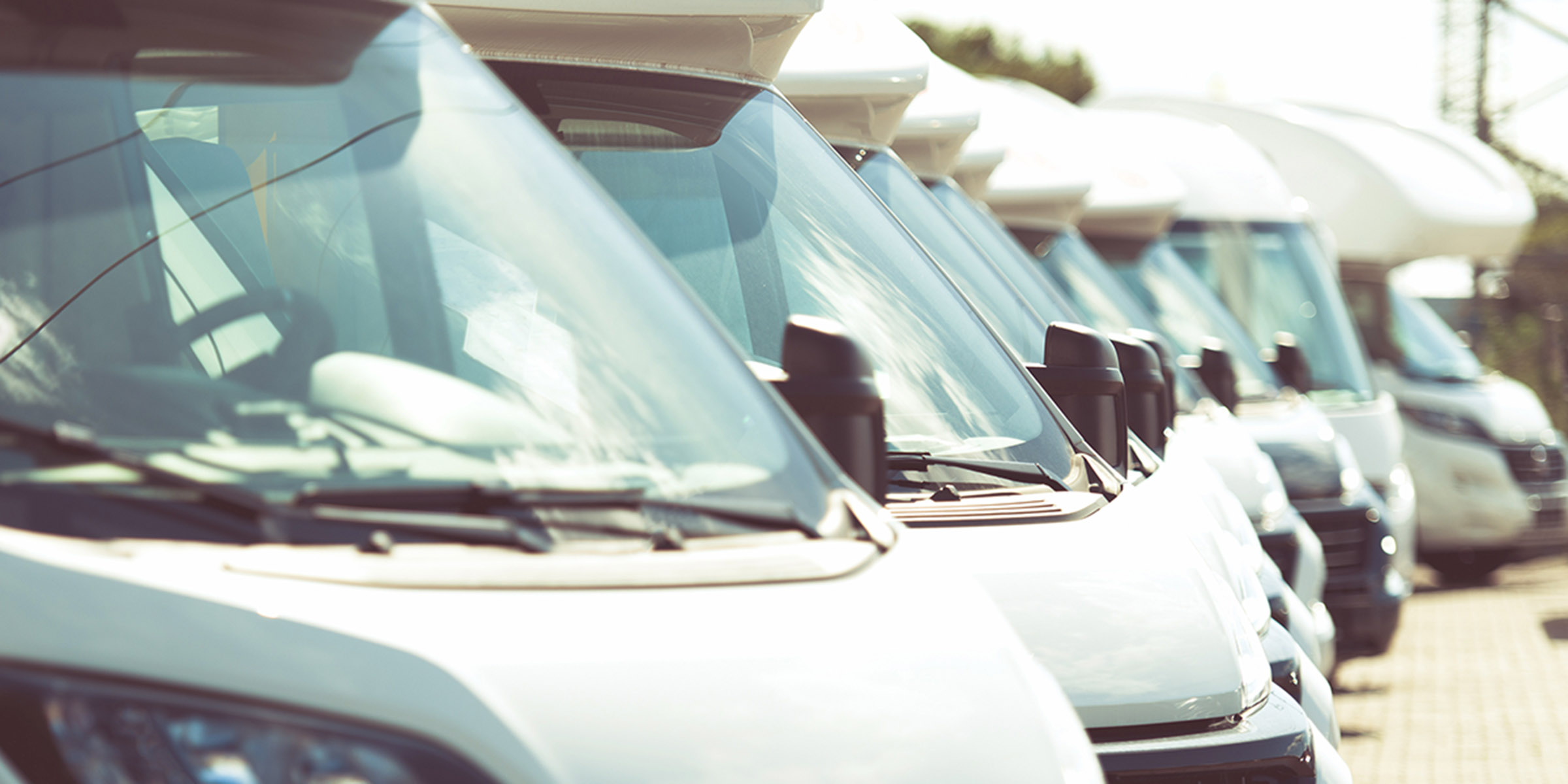
 FMCA
FMCA